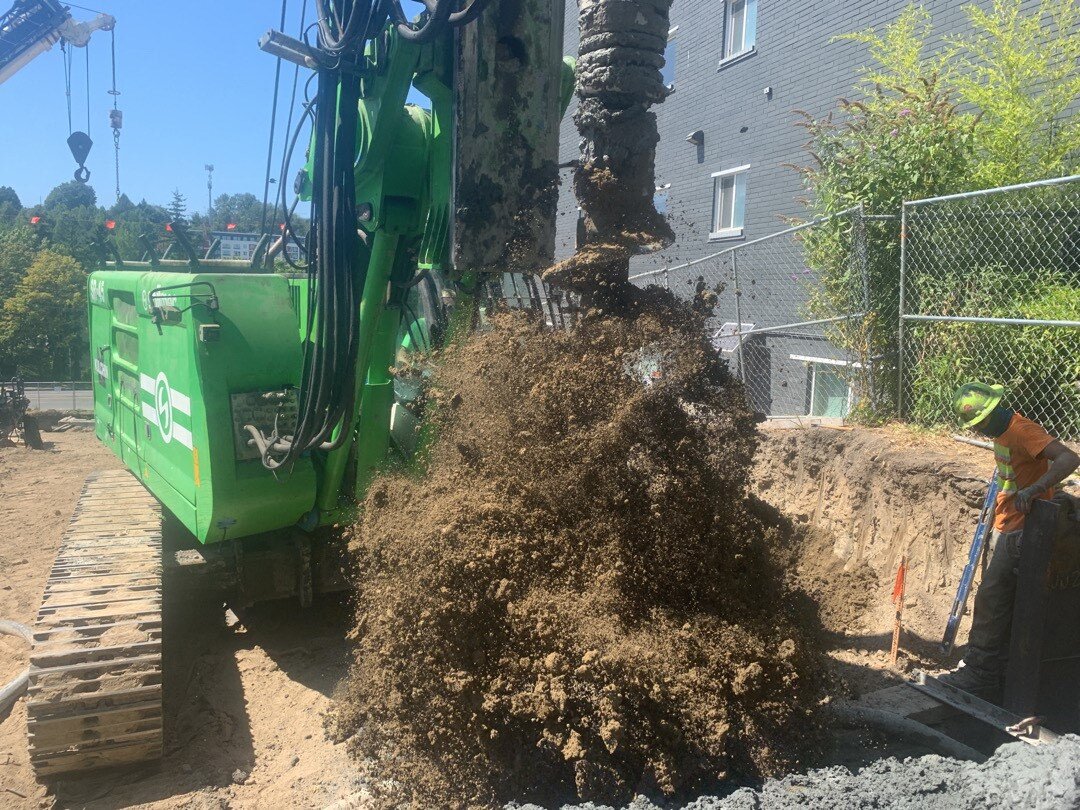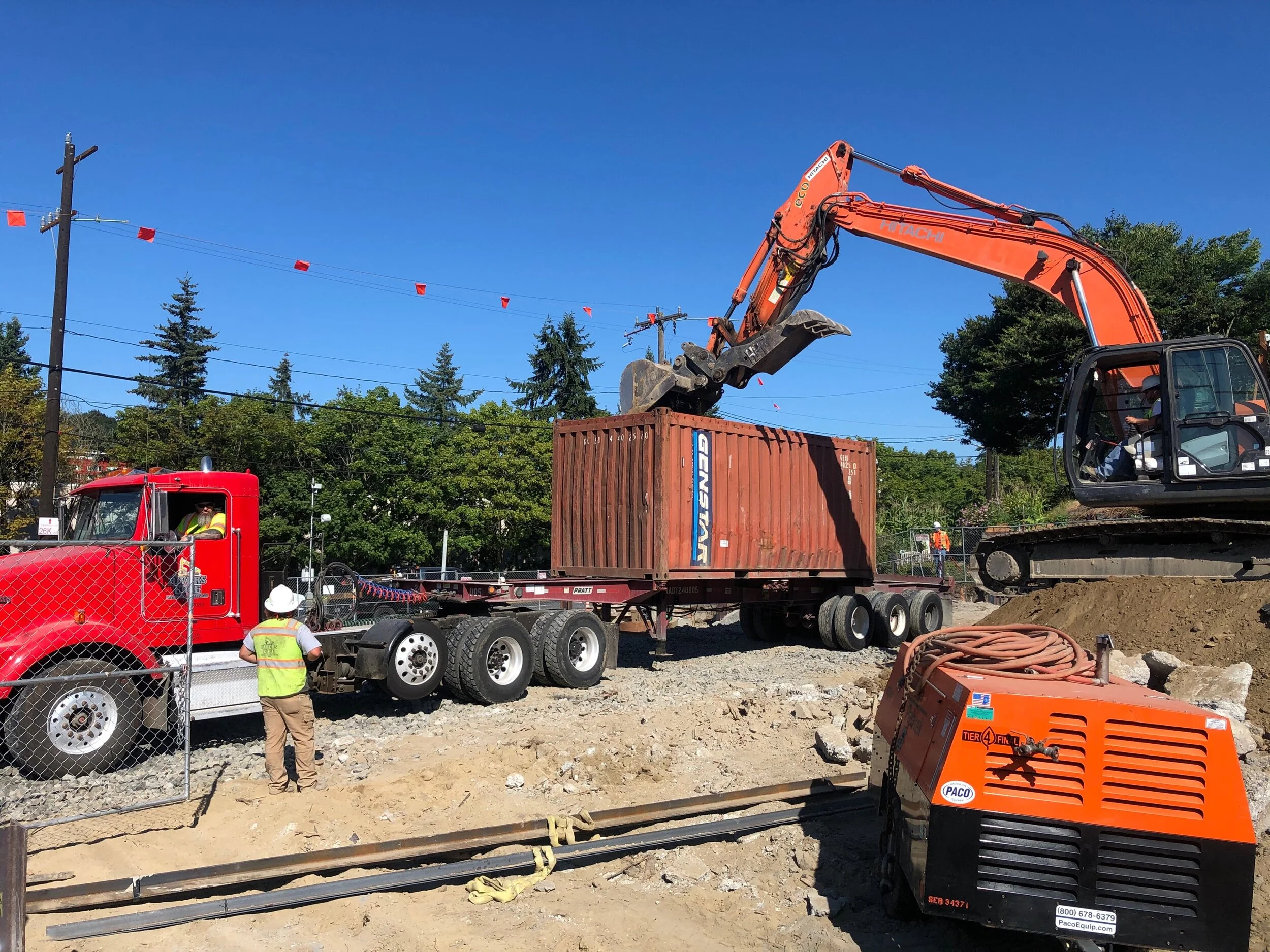January 2021 launched great news for watersheds across Washington state – but first, let’s recap.
The $300 Million Watershed Law
In 2018, following water rights uncertainty that held up a $4 Billion budget in Washington State, the state passed the $300 Million Streamflow Restoration Act. The prime target was unlocking more water in a way that benefits habitat, communities, and agriculture and allows thoughtful development plans to proceed. Fast forward to 2021 and counties and basins across the state are seeing the outcomes of that law – most directly 6 out of 15 basins have updated watershed plans to date.
Status of Streamflow Restoration Grants and Planning Process
Source: Washington State Department of Ecology
Key Takeaways of Streamflow Restoration Act Results (So Far)
Permit-exempt well impacts on instream flows and water right holders will be completely offset for the next 20 years.
Local watershed partners have once again demonstrated they can collaborate on local solutions to water supply challenges.
The plan adoption paves the way for shovel-ready projects to be implemented to benefit streamflow.
In three of those basins – Little Spokane (WRIA 55), Okanogan (WRIA 49), and Chehalis (WRIA 22 and 23) – there has been real progress on planning for the future water needs of the region. Aspect has worked for years on two of these (Little Spokane and Okanogan) and is excited to see the positive outcomes so far.
Little Spokane Watershed (WRIA 55) Plan Update
Headwaters of the Little Spokane River, near Newport, WA
Aspect has worked with Spokane County over the last several years to support watershed planning and management, including the development of watershed restoration projects. On January 28, 2021, Ecology adopted the updated Little Spokane Watershed Management Plan. This will mean:
Spokane County is in the process of completely offsetting permit-exempt well impacts and developing streamflow improvement projects totaling 4,085 acre-feet, including:
Purchasing water rights as mitigation
Building a Managed Aquifer Recharge project
Studying approaches for increasing storage in Eloika Lake to improve summer streamflows, combined with wetland and habitat enhancement
Okanogan Watershed (WRIA 49) Plan Update
Okanogan River
Source: US Forest Service
Aspect has worked for years with Okanogan entities like Oroville-Tonasket Irrigation District (OTID) and others to lead up to this watershed planning update. This will mean:
The lead Okanogan watershed planning group -- WRIA 49 Planning Unit -- developed a two-tier list of projects to be adaptively managed to provide both consumptive use water offset and achieve Net Ecological Benefit in a manner consistent with the strong agricultural values of the community.
Two projects – Antoine Valley Ranch and Methow Beaver Project’s Restoring Streamflow after Wildfire in Okanogan and Methow River Subbasins – have been funded by Ecology and will be the first projects implemented following the adoption of the plan.






















